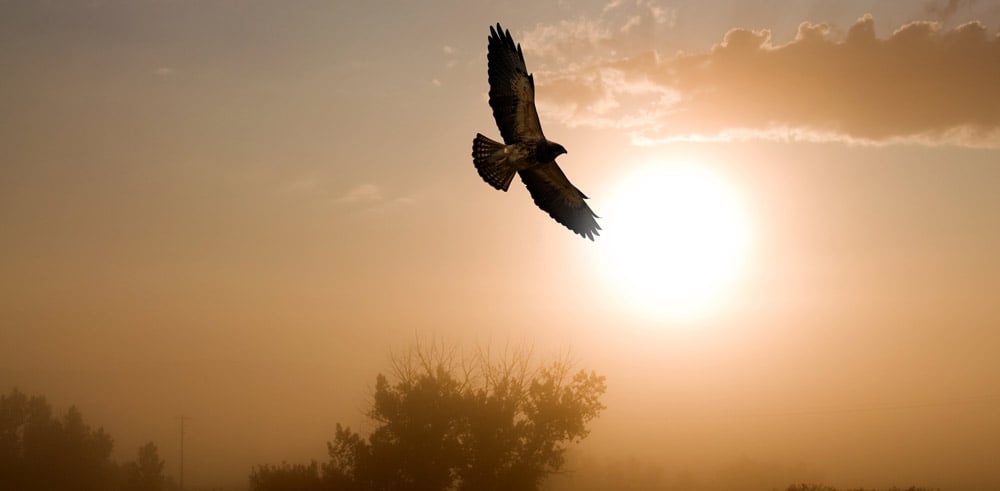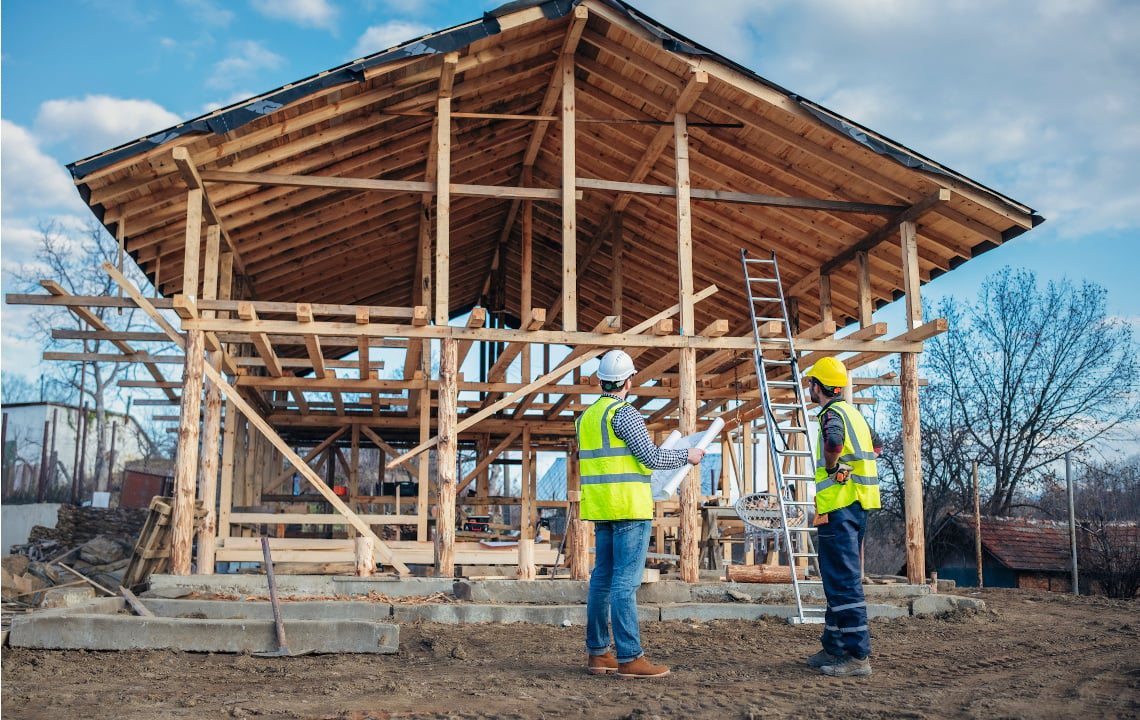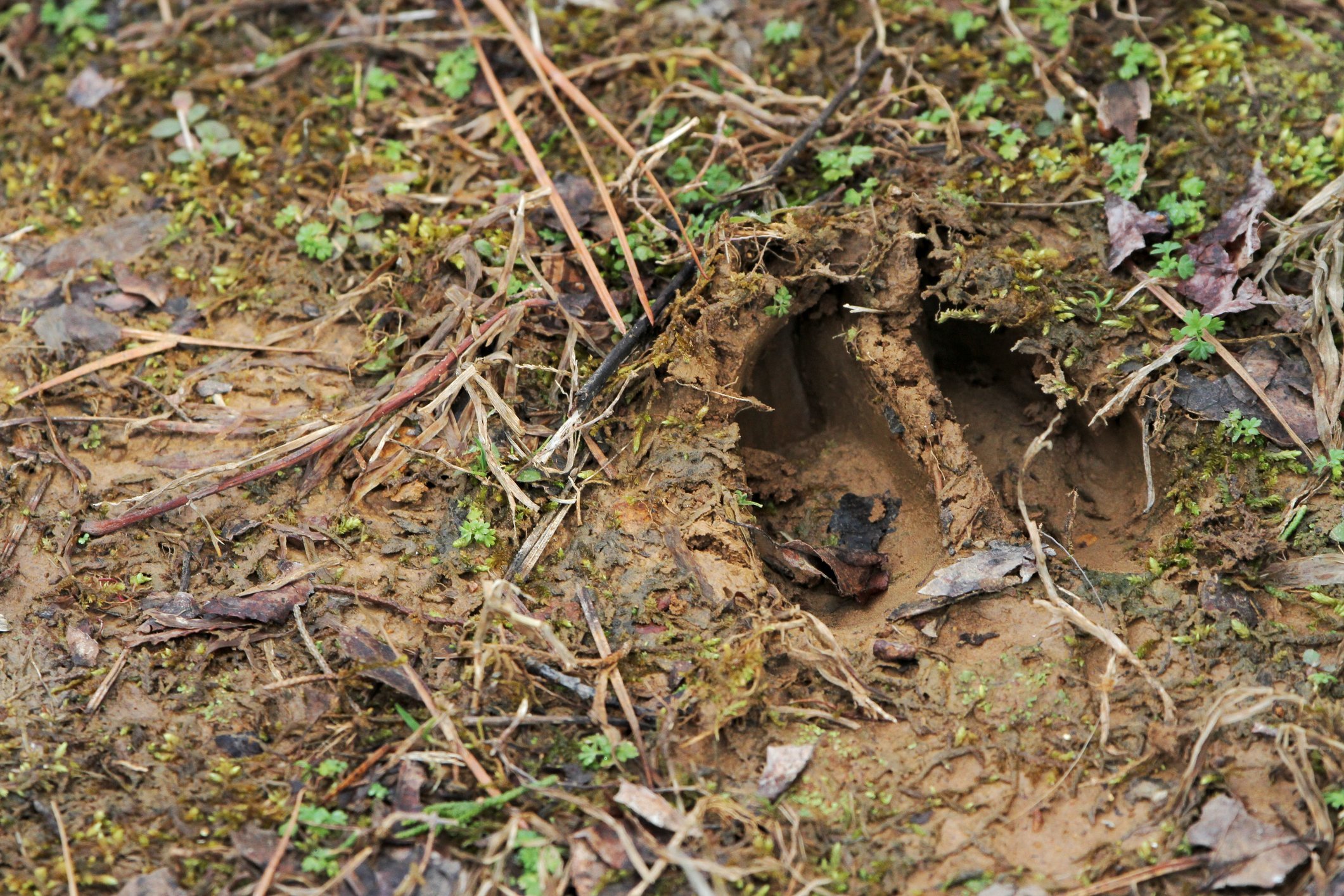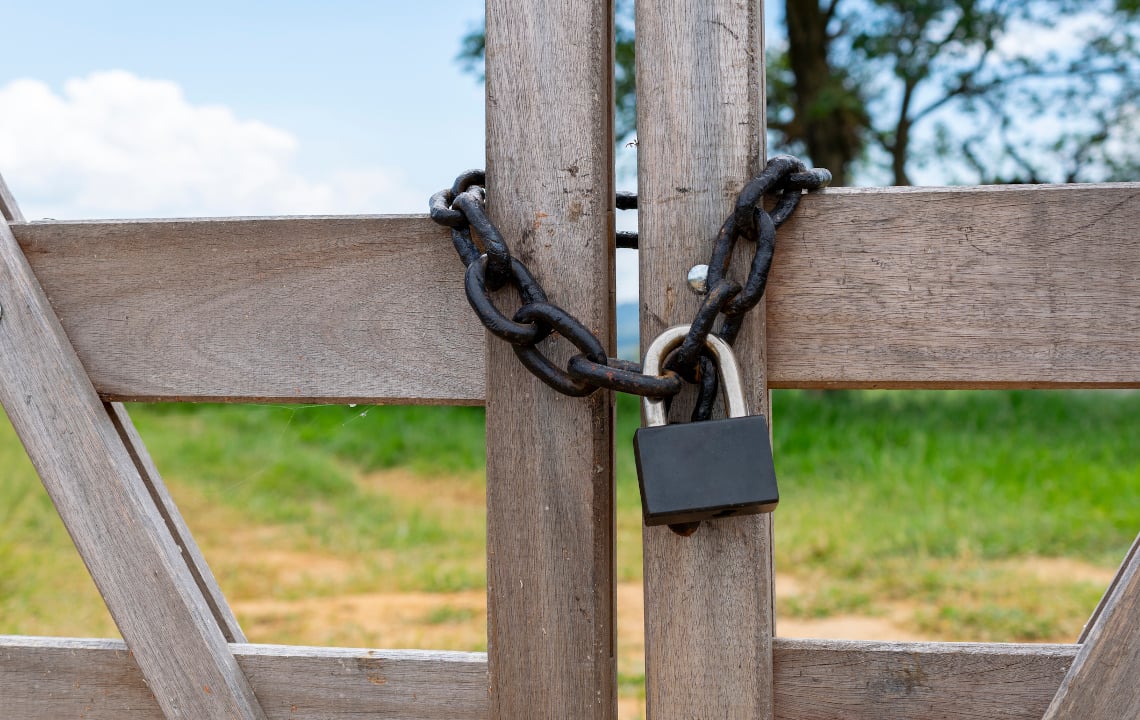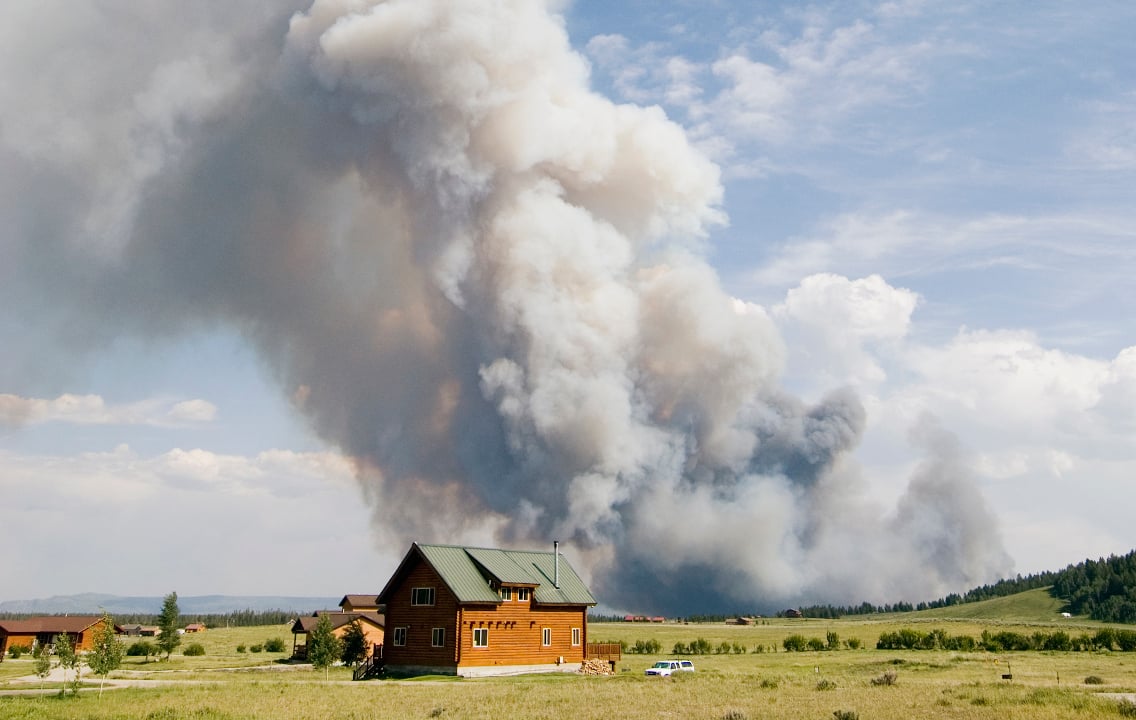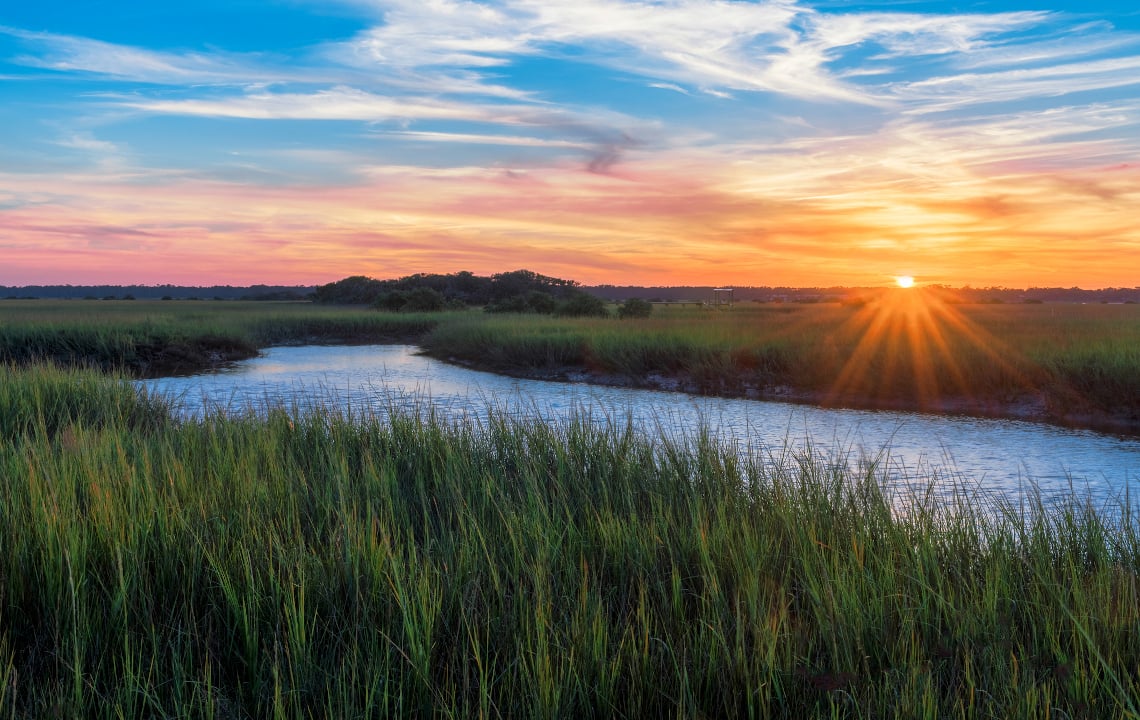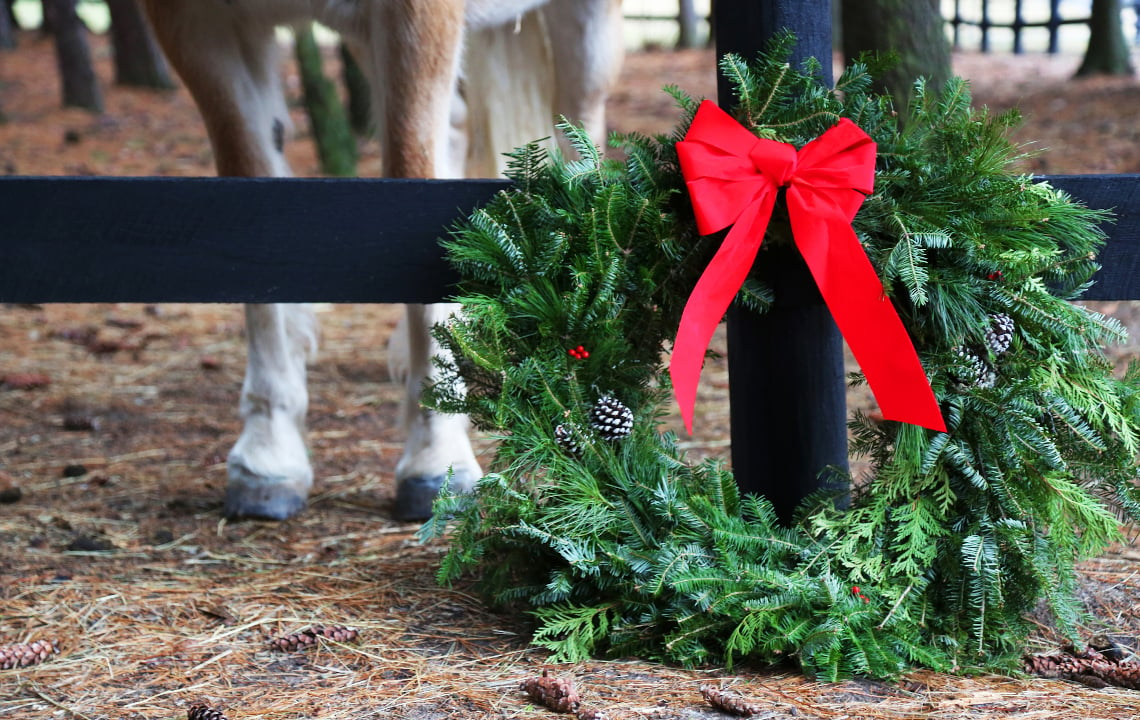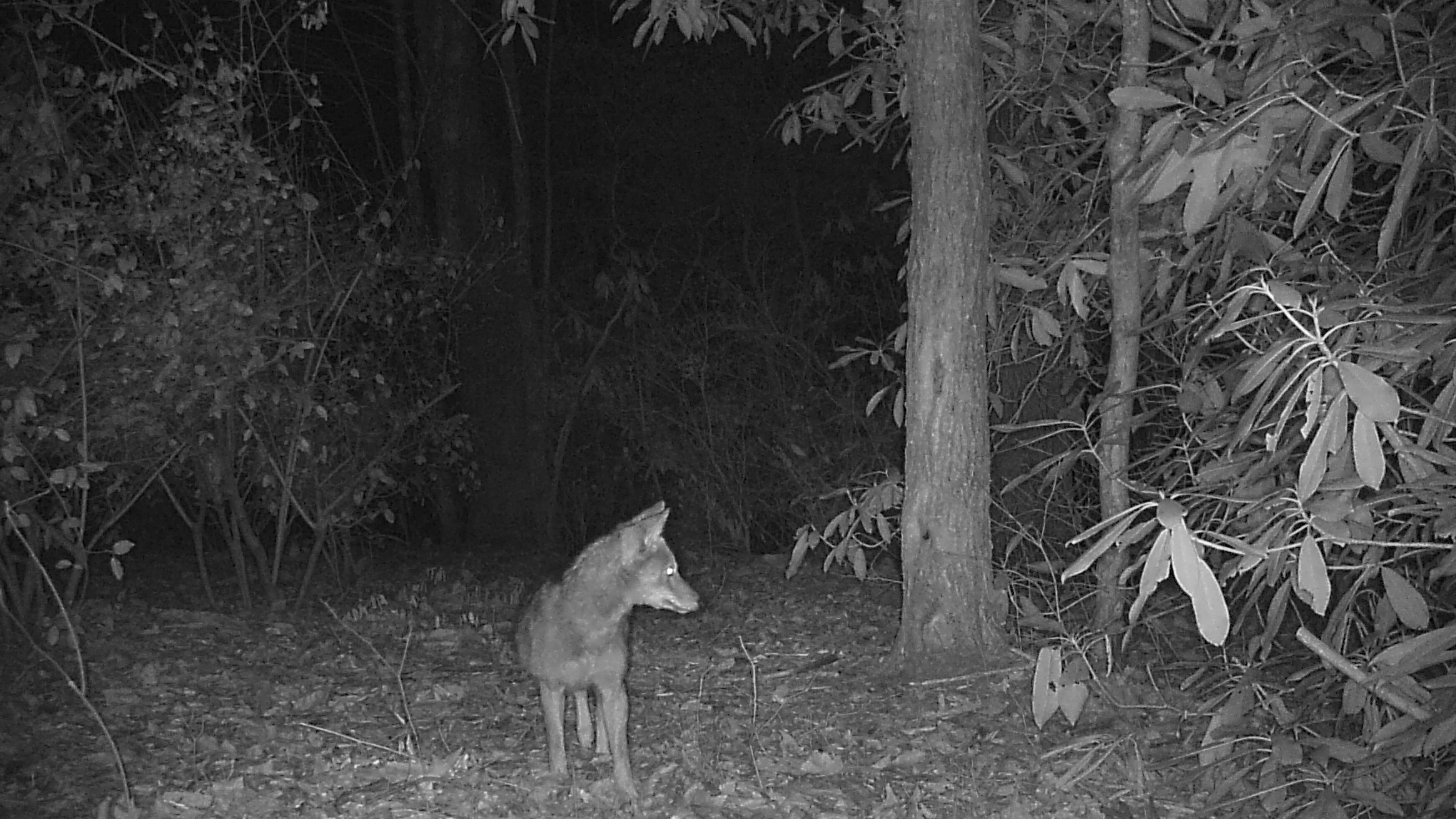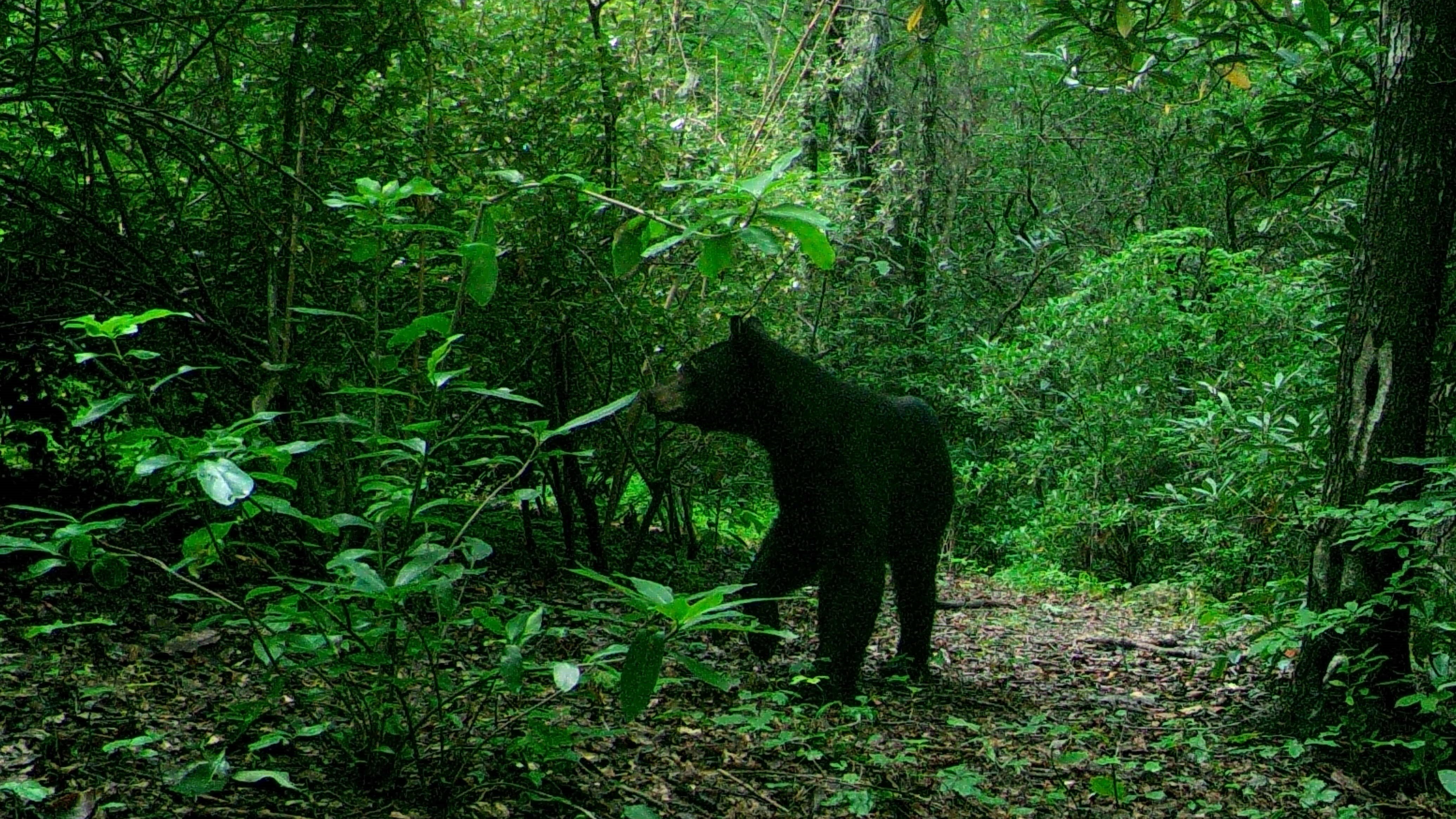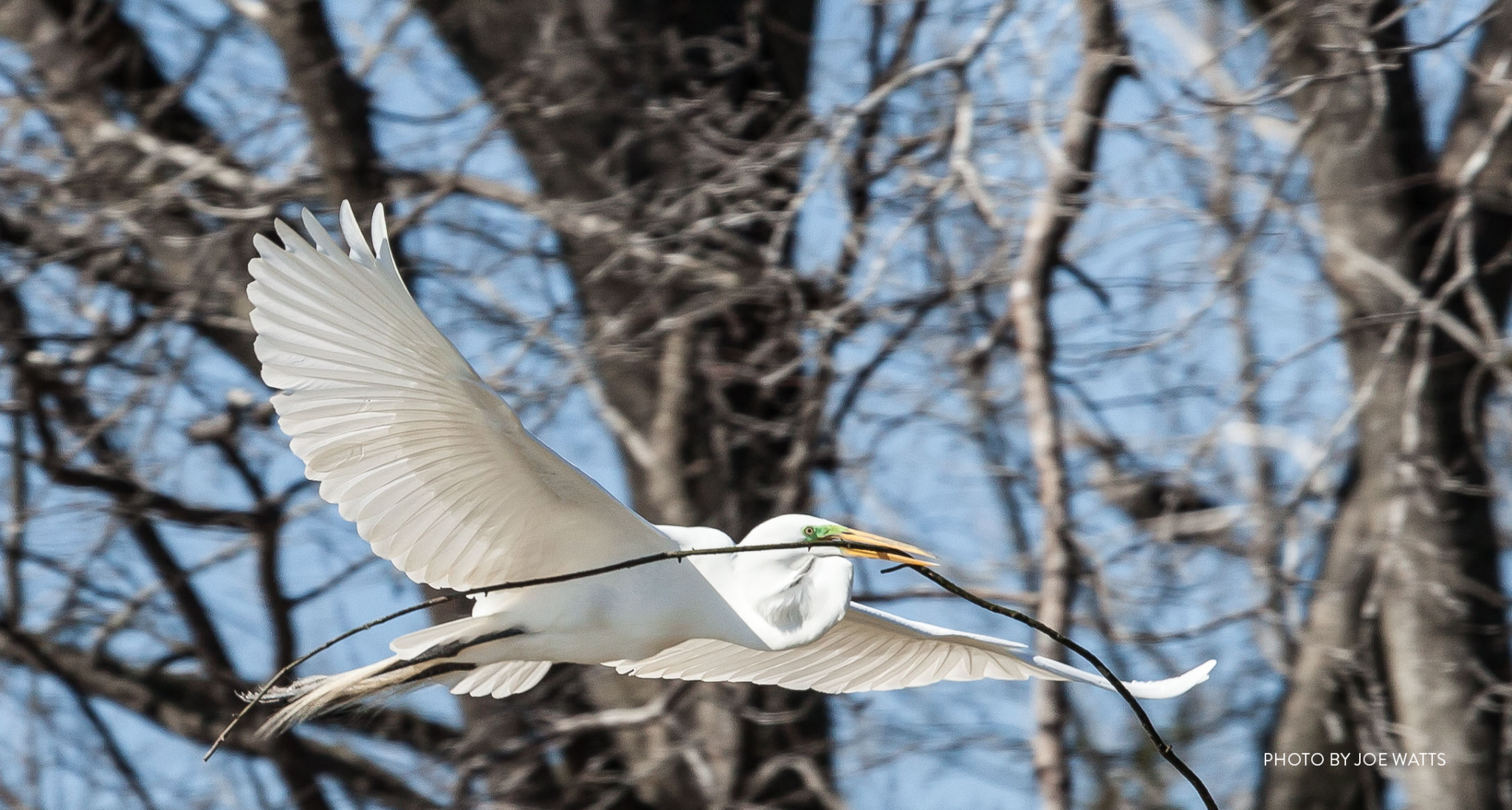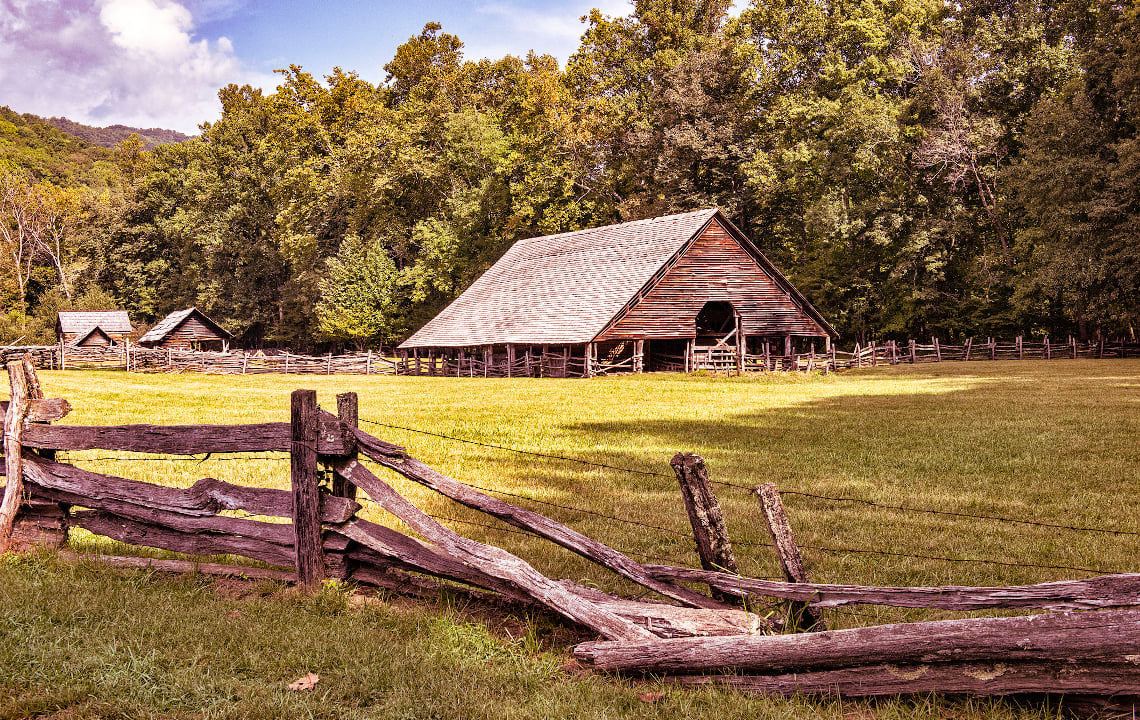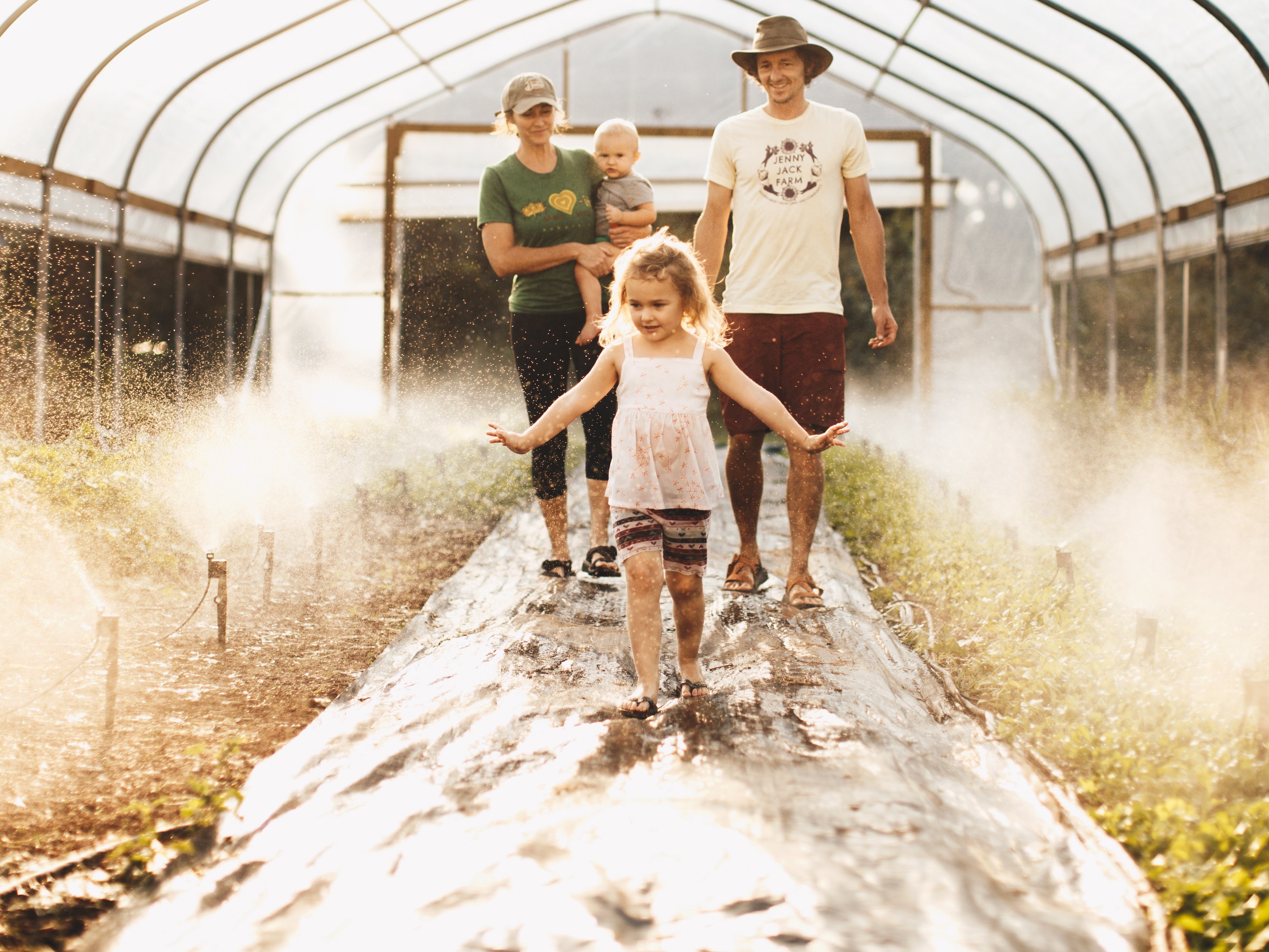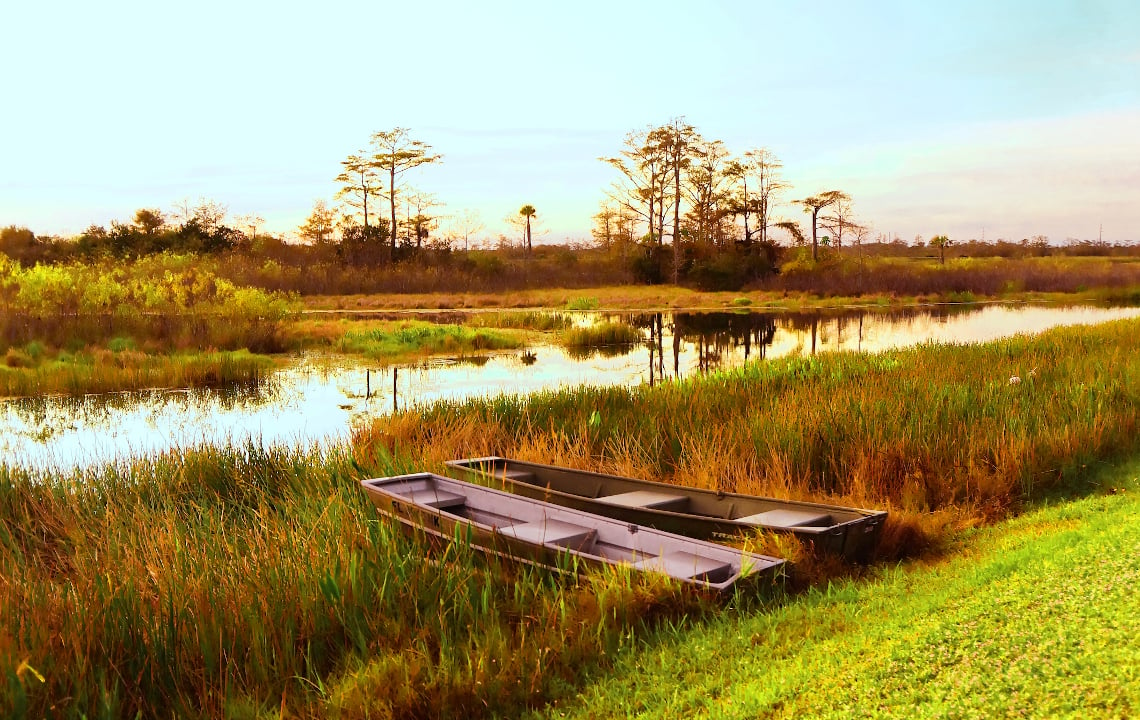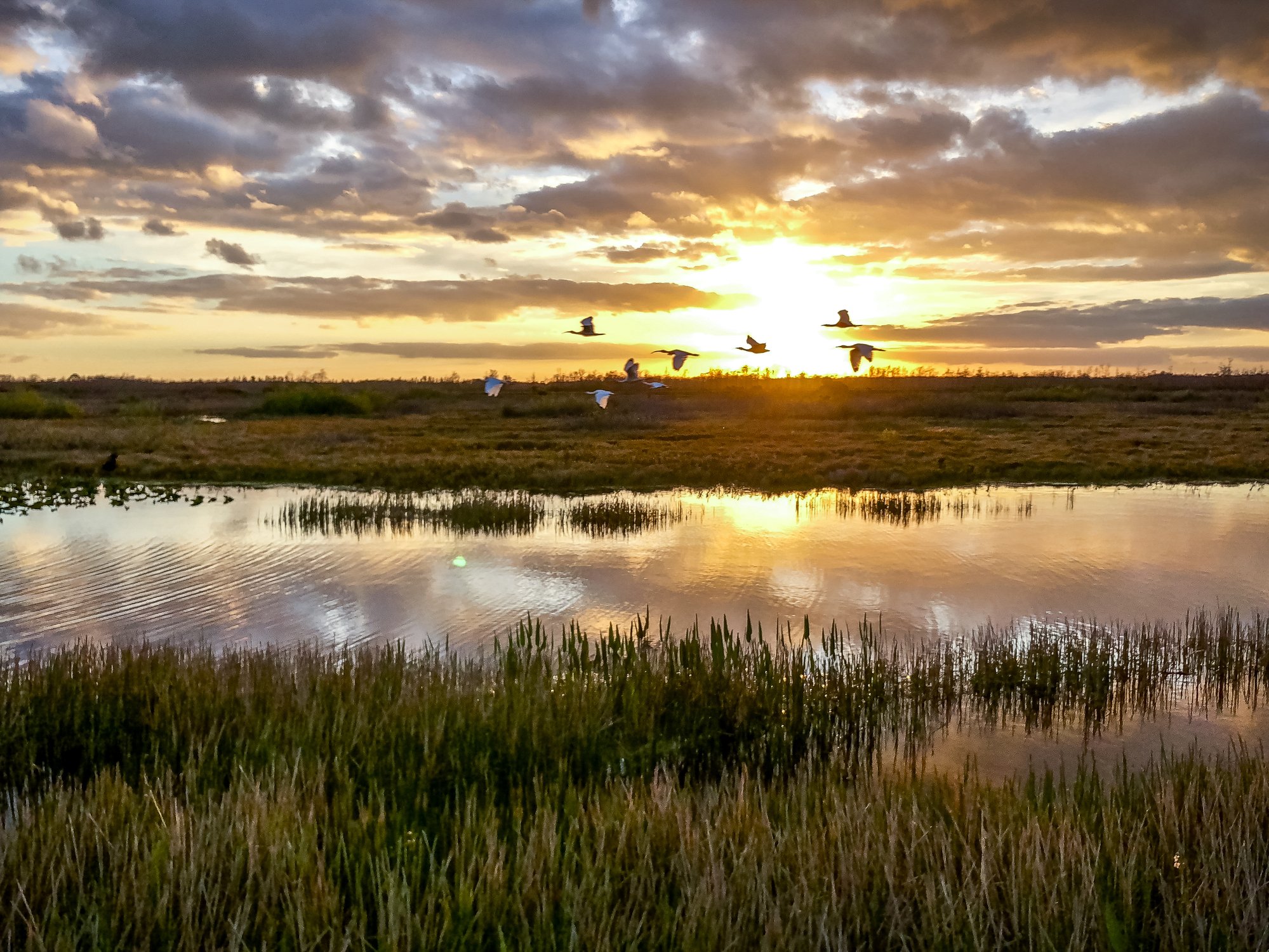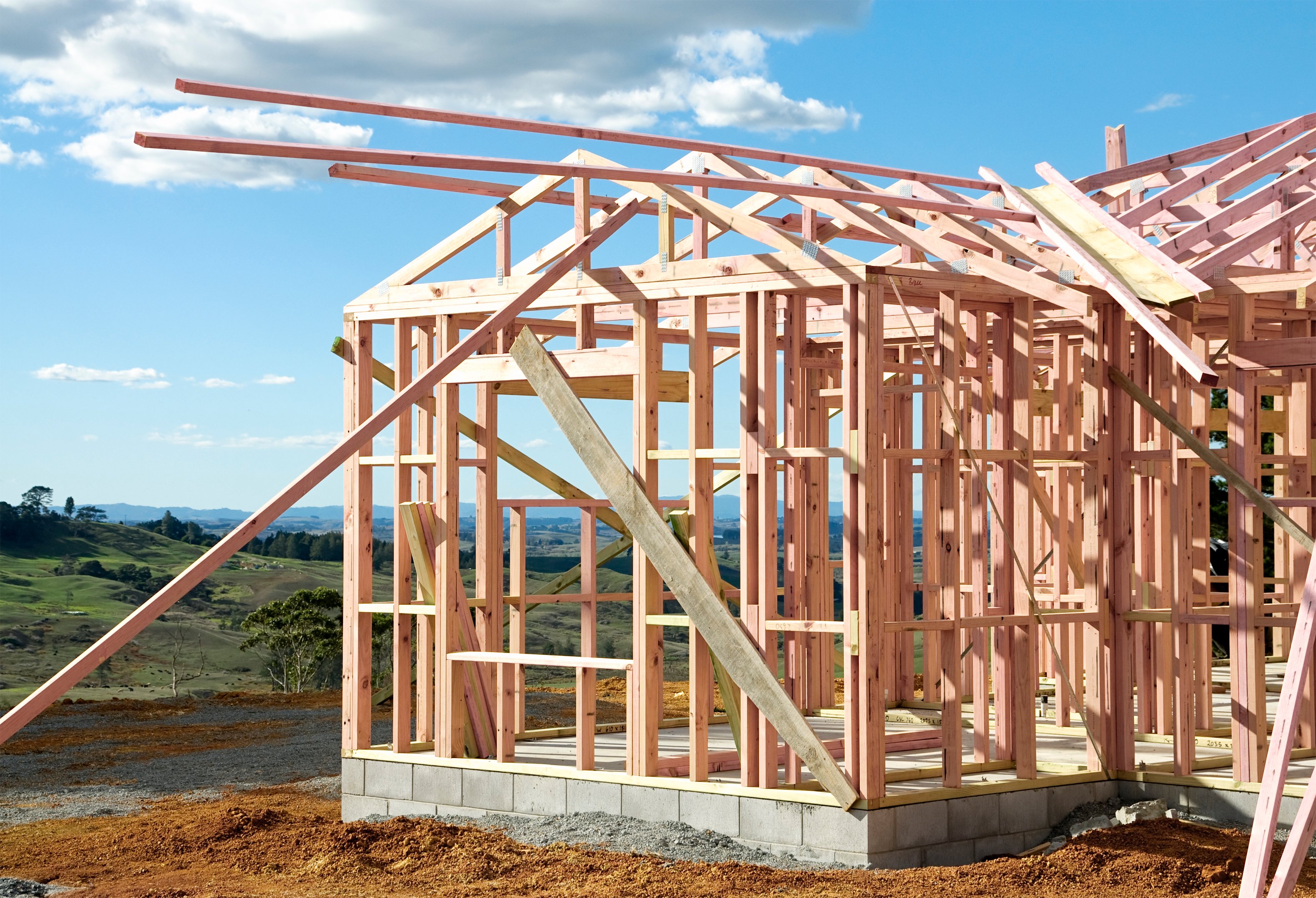The FWC offers two free programs to help Florida landowners attract, nurture and protect wildlife on their property.
We hear it on the news, we read about it on social media and we witness it in our own backyards: our nation’s wildlife is under a constant threat of endangerment.
Pollinators, for example, are struggling to keep their numbers up—which we rely on for a steady supply of fruits and vegetables. Certain species of birds and insects are disappearing altogether and Florida’s wetland creatures continue to decline in numbers and health as the state’s development surges.
It makes many of us wish, “If only there was something we could do”.
The good news is, there is plenty we can do as landowners to help halt the progression of wildlife degradation in our own states. It starts in our backyards, forests, ponds, swamps and wetlands; and it can be as simple or extensive as we desire.
How exactly can we help and how does one get started?
For Florida landowners, you need look no further than the Florida Fish and Wildlife Conservation Commission (FWC).
At present, they have two free programs designed to help landowners attract, nurture and protect wildlife:
- The new “Backyards and Beyond” program, which helps small-landowners nurture wildlife in their own backyards. And...
- The long-standing “Land Owner’s Assistance Program,” which offers a variety of assistance and tools for land owners of larger tracts.
To learn more, we spoke with two representatives from FWC about how landowners can help conserve wildlife on their own properties.
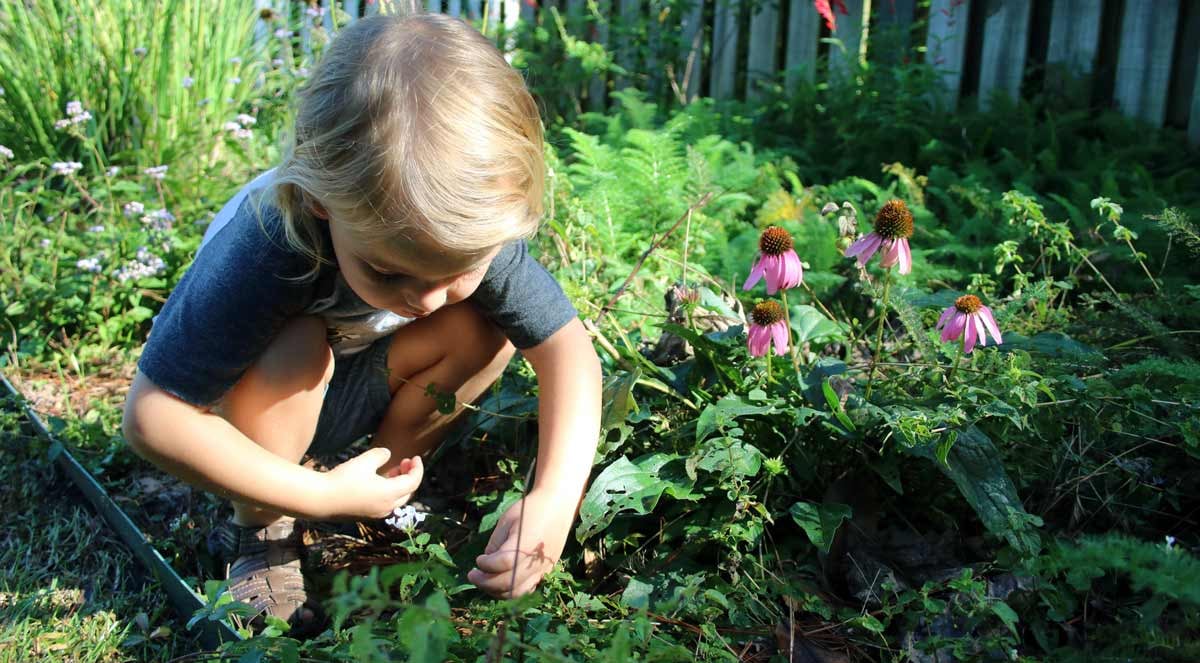
The FWC says kids are playing an important role in helping to report observations in nature. / Photo Courtesy of Florida Fish and Wildlife Commission
Backyards and Beyond: Helping Landowners Make a Difference and Have Fun Creating a Wildlife Refuge
If you’ve ever felt powerless when it comes to helping wildlife, you need to know about Backyards and Beyond―a new initiative aimed at helping individuals, families, neighborhoods and schools conserve and protect wildlife in their own backyards.
Per program representative Peter Kleinhenz, the public wields tremendous power when it comes to protecting native animals: “We’re all overwhelmed thinking we need huge policy change to fix this problem, but this is something anyone can do, no matter who you are, to benefit wildlife.”
“The fact is, if we rely only on public land conservation, a lot of species will be living on “islands” of habitat. That doesn’t have to be the case.”
You can participate whether you live on large, medium, small, or extra-small acreage.
Says Kleinhenz: “If you have 1 to 10 acres, all you have to do is think about: What do species need to survive? Which is:
- Food
- Water
- Shelter
- And space to raise young.
“If we’re thinking about those things and applying proper practices, then wildlife will thrive.”
Kleinhenz offered the following examples of simple steps we can take to address those basic survival needs:
- Plant native plants
- Making a brush pile (instead of throwing branches out on the street) that an animal could use as shelter.
- Adding water—"Whether it’s a bird bath or a lake, adding water to your landscape is probably the single best thing you can do to help numerous species thrive.”
What Types of Species are in Greatest Need of Protection? (The answer may surprise you.)
Believe it or not, the species with the greatest need for protection is insects.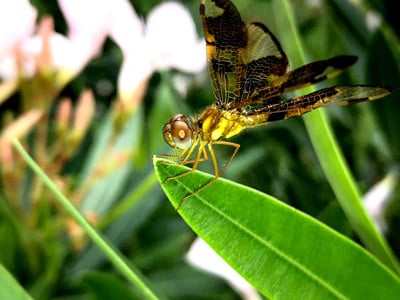
While these little critters are typically the last thing most Floridians want to attract, they do serve the critical purpose of supporting and sustaining all types of wildlife.
“Insects are low on the food chain and supply sustenance for reptiles, amphibians and birds,” Kleinhenz says. So, when you add a water feature to your property, for example, this attracts insects which, in turn, attracts reptiles, amphibians and birds.
“So, basically, if people support the base of the food chain, they support everything that comes above that. Hawks and other predators all the way down to other insects.”
And you won’t notice the bugs as much as you think, because all the birds, frogs and reptiles will be eating them.
What About Mosquitoes?
With the recent Zika outbreaks, people are doing whatever they can to eliminate mosquitoes from their properties.
Here’s what Kleinhenz recommends to keep mosquitoes under control while attracting beneficial insects:
“Mosquitoes are a problem, but native mosquitoes have predators. And when you support bats and flying insect predators like dragonflies, you’re supporting all those animals who have evolved to eat mosquitoes. It’s so much better―for our health and the environment―to attract these types of natural predators to control mosquitoes, than using a bunch of spray.”
Planting Native Plants is Also A Powerful Way to Support Pollinators and Birds
Per Kleinhenz: “For example, a Carolina chickadee requires up to 5,000 caterpillars to raise one brood of young. And where do those caterpillars live? They live on native species like live oaks and milkweeds; plants that are really beautiful, easy to maintain and offer habitat for a huge range of native species.”
Common Mistakes to Avoid When Trying to “Help” Wildlife at Home
While most of us have the best intentions when trying to help and nourish wildlife, there are some common practices that have the potential to do more harm than good.
Kleinhenz offered this advice to consider in your backyard wildlife conservation:
- Feeding birds. “If you provide insects, you’re feeding birds. If you provide birdseed, you’re providing most visitors with a temporary and less-nourishing snack. In other words, you want to give them the resources they need to support themselves over time, not just when the feeder is full.”
- Be very sure about the species you’re planting. “For example, if you plant tropical milkweed in an area where it does not die back in winter, it may, in fact, harm species such as monarchs. Talk to your local nursery experts about this.”
Need Some Support Creating Your Wildlife Habitat? There’s an App for That
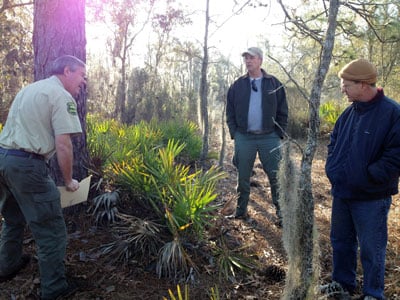 |
| Biologist Joe Vaughn with the FWC’s Landowner Assistance Program discusses planned prescribed burn with a private landowner and Florida Forest Service forester. / Photo Courtesy of Florida Fish and Wildlife Commission |
This simple app can be accessed using your computer or cell phone, and allows you to identify species and share your observations, so the greater community (including FWC) can collect more data on what’s surviving and living in your backyard.
“We really rely on observations like this from the public. We can’t do it all! And this app has made a huge difference for us. We encourage everyone to use it, and kids love it,” says Kleinhenz.
To learn more about the Backyards and Beyond initiative for your home, land, development, community or school, visit them online: Florida Nature Trackers.
Got Larger Acreage? Then the Landowner’s Assistance Program is Your Best Starting Point
For those with larger Florida acreage and a passion for smart land management and conservation, FWC’s Landowner Assistance Program (LAP) and their staff of biologists, is a phenomenal resource.
The program, which officially began with the 1985 farm bill, is a voluntary partnership between the Florida Fish and Wildlife Conservation Commission and landowners to conserve fish, wildlife and habitats. This partnership allows landowners to work with LAP’s biologists, who will provide input on how land can be improved for wildlife conservation purposes.
Program administrator Anthony Grossman explains how landowners can take advantage of this free program to help better-manage their land while providing a refuge for wildlife.
The first step is to reach out and schedule a meeting with a program representative.
“Our primary purpose in that initial meeting with the landowner is to discover what they want to do on their land, and not everyone knows exactly what they want to do,” Grossman says. “So we find out their goals and where their interests lie and discuss options available so they can find the best starting point and move forward.”
This could mean:
- Connecting the landowner with the right resources or professionals to help them implement the practices.
- Assistance writing up a step-by-step plan.
- Help finding funding for property improvement projects.
- Follow-ups to check on progress and provide further assistance or recommendations as needed.
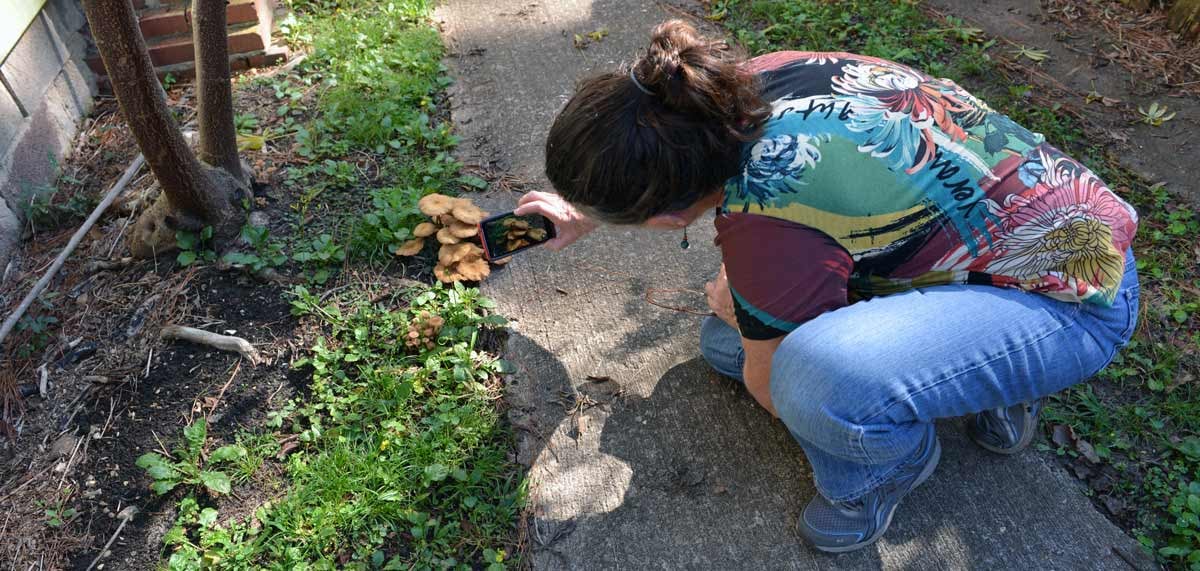
The iNaturalist App allows Florida landowners to submit their observations to the Florida Fish and Wildlife Commission. / Photo Courtesy of Florida Fish and Wildlife Commission
6 Ways Large Land Tracts Can Be Improved for Wildlife Conservation Purposes
While there’s no one-size-fits-all when it comes to designing your land for wildlife conservation, Grossman offered six examples of how LAP can help:
- Prescribed burning—While many of us think of forest and brush fires as a bad thing, Grossman says controlled fires are actually an integral part of Florida’s natural systems, and wildlife and vegetation are dependant upon it. “This is often our top recommendation.”
But the burning must be controlled, and that takes expertise—so be sure to consult the LAP or another controlled burning expert before you attempt a prescribed burn. - Reforesting through cost share programs—There are cost-sharing programs available for landowners who wish to plant trees for timber and/or to provide shelter for wildlife, Grossman says.
- Creating healthy habitats for pollinators—LAP can help landowners find cost-sharing programs to create better habitats for pollinators, such as bees and butterflies.
- Putting up artificial nest boxes to attract specific wildlife—This simple practice can make a big difference in providing shelter for wildlife and their young.
- Advice on how to better-manage your pond and water features—Carefully-managed water features can attract the right types of fish, frogs and other pond life you’d like to see.
- Creating healthier forests and timber tracts—“By reintroducing fire with controlled burning into the site, you will control competition for your pine trees and bring in more light to the understory and overstory,” Grossman explains.
"After fire would come thinning to allow even more light to get to the forest floor. If you want to see more wildlife below the overstory, this is critical.
“If fire’s not possible, mowing can be used to set that growth back and allow in more life. This creates a healthier forest and more aesthetically pleasing landscape both wildlife and people can enjoy.”
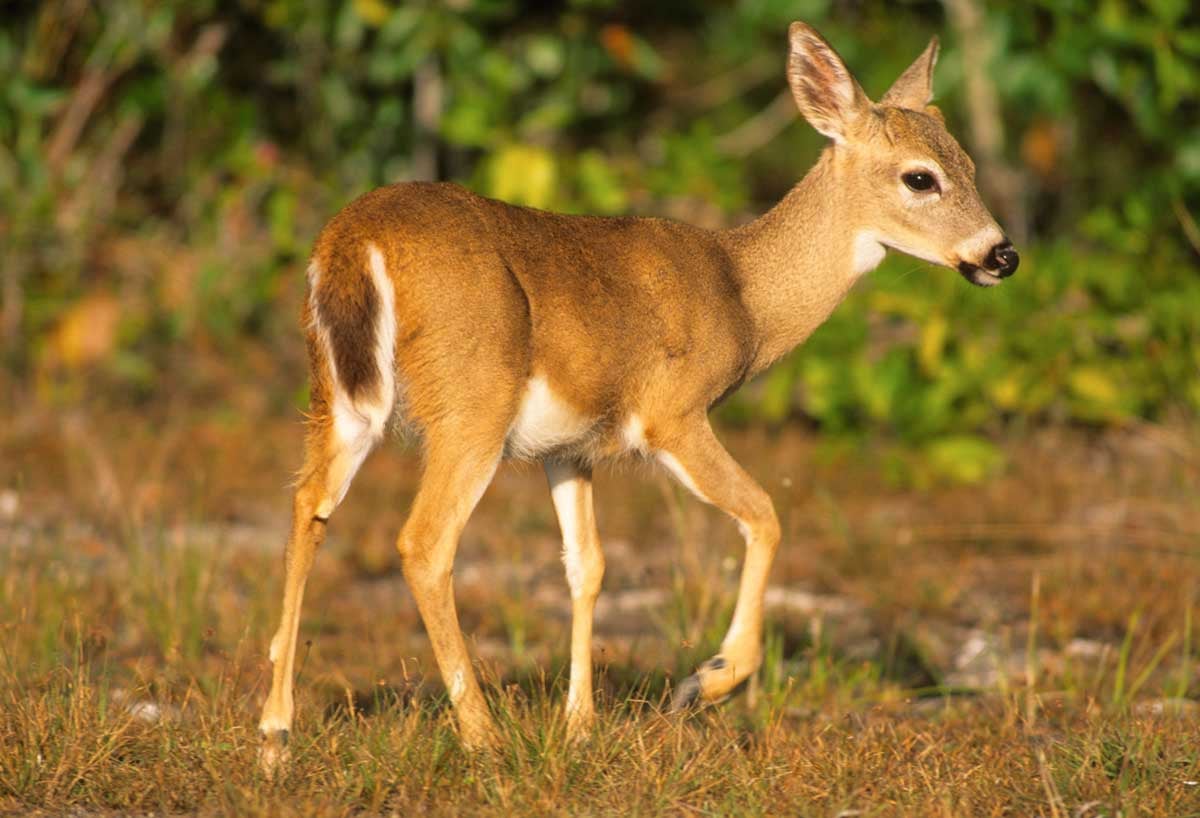
What’s the Top Area of Wildlife Conservation Need in Florida?
Without hesitation Grossman answers, “Beyond prescribed burning I’d say the wetlands are our largest area of concern. This is a very concentrated area in which salamanders, newts, frogs and toads come back to for breeding, and without them these wetland species just won’t be around anymore.
“These creatures are in a precarious position because of all the wetlands that have been drained throughout the states. Not every landowner will have wetlands, but if you do I’d highly recommend doing what’s necessary to preserve them.”
And there’s no cost for landowners to utilize LAP
The LAP is paid for by taxes and hunting and fishing licenses. The costs only come based on the practices you want to implement. Even those costs may be very low thanks to a variety of cost-sharing programs.
Some of the cost-sharing programs potentially available to landowners include funding for:
- Pollinator crops
- Controlled burning
- Upland habitat restoration<
- Invasive exotic weed control, which involves planting native plants and removing non-native plants. Cotton Grass, for example, will destroy trees and everything else in its path.
- Wetlands enhancement and restoration
For more information on the Landowner Assistance Program, visit myfwc.com/lap.
As Backyards and Beyond representative Peter Kleinhenz says, wildlife conservation is something anyone can do to benefit wildlife. If you’re ready to stop waiting around for change, and instead start using your land to make a difference to Florida wildlife, click the links above to learn more.


